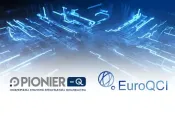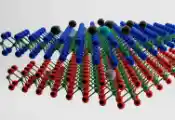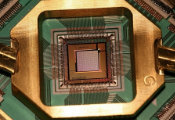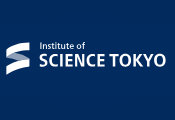Aliro Expands Relationship with U.S. Air Force for Quantum Networking
BOSTON, September 10, 2024 -- Aliro today announced an agreement with the Air Force Research Laboratory (AFRL) to provide software and professional services that will enable AFRL to simulate, test, and operate entanglement-based quantum network infrastructure, including the innovative work of networking quantum computers with heterogeneous qubit platforms. Aliro will provide Aliro Simulator, a versatile, modular quantum network simulator equipped to model an entanglement-based network. AFRL will evaluate Aliro’s unified intuitive software application capabilities in a test environment of AFRL quantum networks.
This deal comes three years after Aliro announced that it had received contracts from the U.S. Air Force to research quantum network technologies.
“Very few organizations have skill sets in classical networking, entanglement-based networking, and quantum physics like Aliro does. Since our founding, we have taken a software-defined architecture approach to building entanglement-based networks and developed the foundational technologies needed to help organizations like AFRL,” said Jim Ricotta, CEO, Aliro. “With our software, AFRL will be able to evaluate and fine tune components, protocols, and configurations. We are excited to jointly explore a variety of use cases, while also looking at accuracy, flexibility, and scalability of these services. They will then explore managing network operations using our orchestration and control software. We’re proud of our long history with the Air Force and look forward to continuing to explore even more uses for this technology.”
Aliro, is providing AFRL with the Aliro Simulator to construct and simulate various hardware devices and quantum network infrastructure at scale, with resolution all the way down to low-level physical phenomena. The agreement includes technical and use-case support services, such as building new models and developing additional features in the simulator to ensure best simulation results, as well as a feedback loop between simulated experiments and empirical data from physical experiments.




































